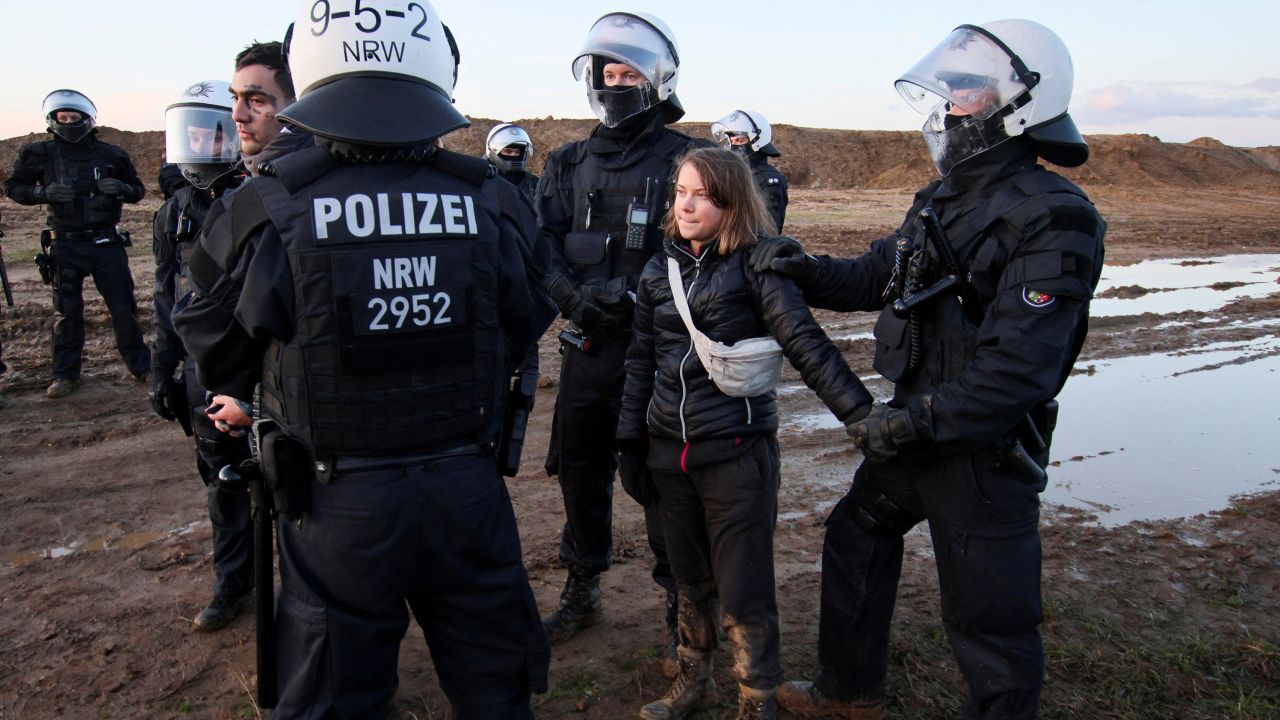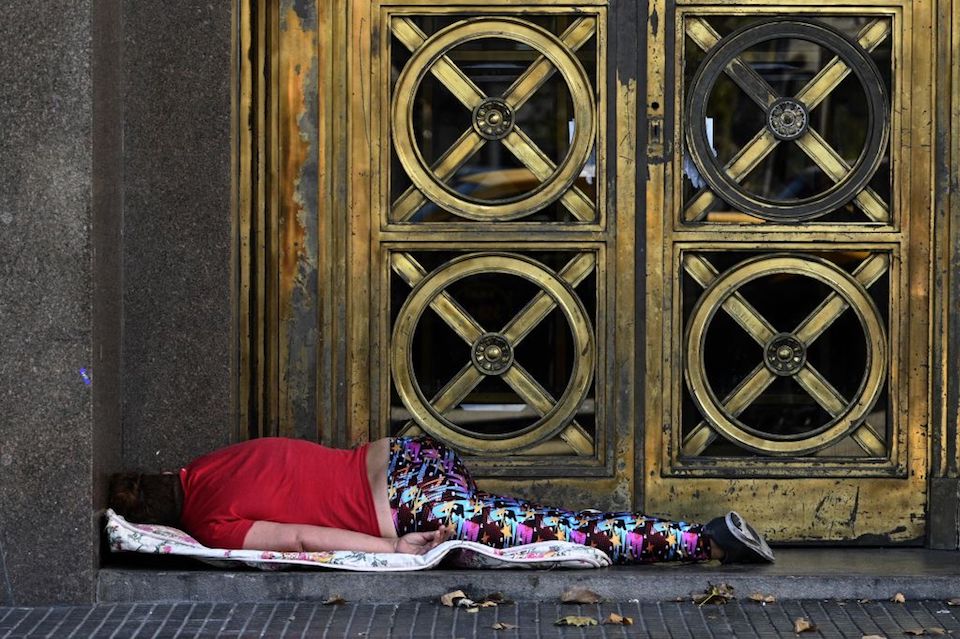“There is only one reason to block access to social networks and messaging applications. Fear, ”Julie Chung wrote on her Twitter account., U.S. Under Secretary of State for Western Hemisphere Affairs.
The official promised that the Cuban regime was afraid of what the people would say. “He is afraid of the truth”He charged.
In his message, heJoe Biden’s official is angry about Cuban dictator Miguel Diaz-Canel and Cuban Communications Minister Meira Arevich Maran, confirming that the news will reach its recipients: the regime.
:quality(85)/cloudfront-us-east-1.images.arcpublishing.com/infobae/B3WRWVJHNJGTLBFTWMW2YVFD4I.jpg 420w,https://www.infobae.com/new-resizer/RjxQ5mE9-dRK4mW1e4DjuodbrNM=/768x432/filters:format(jpg):quality(85)/cloudfront-us-east-1.images.arcpublishing.com/infobae/B3WRWVJHNJGTLBFTWMW2YVFD4I.jpg 768w,https://www.infobae.com/new-resizer/OI1Ex4V3UGcMTSi7-JwFjHGT8xk=/992x558/filters:format(jpg):quality(85)/cloudfront-us-east-1.images.arcpublishing.com/infobae/B3WRWVJHNJGTLBFTWMW2YVFD4I.jpg 992w,https://www.infobae.com/new-resizer/wxuFeNpJXorCEogeTVBji-5DyNA=/1200x675/filters:format(jpg):quality(85)/cloudfront-us-east-1.images.arcpublishing.com/infobae/B3WRWVJHNJGTLBFTWMW2YVFD4I.jpg 1200w)
General Further With his statement with the hashtag #UnblockCuba, A trend on Twitter demanding that mobile data and internet access be blocked across the island.
:quality(85)/cloudfront-us-east-1.images.arcpublishing.com/infobae/QJ457TAF4VDGLEPJVQFHEZVFNE.JPG 420w,https://www.infobae.com/new-resizer/kUe8J015JIlbWidnpqWNWuRyW68=/768x768/filters:format(jpg):quality(85)/cloudfront-us-east-1.images.arcpublishing.com/infobae/QJ457TAF4VDGLEPJVQFHEZVFNE.JPG 768w,https://www.infobae.com/new-resizer/-4Ro-fWp-LwgptSJBFGt-k84xXg=/992x992/filters:format(jpg):quality(85)/cloudfront-us-east-1.images.arcpublishing.com/infobae/QJ457TAF4VDGLEPJVQFHEZVFNE.JPG 992w,https://www.infobae.com/new-resizer/nBhlyHV7tuUkureHPadGuh8zHpk=/1200x1200/filters:format(jpg):quality(85)/cloudfront-us-east-1.images.arcpublishing.com/infobae/QJ457TAF4VDGLEPJVQFHEZVFNE.JPG 1200w)
Power cuts and cyber blockades are a tool by which the regime usually mitigates protests: the purpose of which is that no video or crowd is shared, and the world does not find out what is going on there. Hermeticism has allowed her to escape the brutal Castro dictatorship for decades Since July 11, spontaneous protests have taken the world by surprise, with the regime re-implementing the strategy and blocking communications on the island.
Since then, The regime limited access to static and mobile Internet and used other methods to filter online contentWith Chinese-made technology, said Caspar Bisanu of Digital Rights Group, Access Now. “They are removing people’s ability to use mobile data by withdrawing SIM cards, censoring hashtags and blocking messages on VPN,” he said.
:quality(85)/cloudfront-us-east-1.images.arcpublishing.com/infobae/YM2NWG5NFHLLXGUGGKMRBBGPFI.jpg 420w,https://www.infobae.com/new-resizer/-FhYogFMmj9zHSZLfuMOiVFiqTs=/768x512/filters:format(jpg):quality(85)/cloudfront-us-east-1.images.arcpublishing.com/infobae/YM2NWG5NFHLLXGUGGKMRBBGPFI.jpg 768w,https://www.infobae.com/new-resizer/iGgY9tSzZY7Uc8IrT1It6NOIMeY=/992x661/filters:format(jpg):quality(85)/cloudfront-us-east-1.images.arcpublishing.com/infobae/YM2NWG5NFHLLXGUGGKMRBBGPFI.jpg 992w,https://www.infobae.com/new-resizer/TPu14QP4joZQFOwgR3UEVT3mgcc=/1200x800/filters:format(jpg):quality(85)/cloudfront-us-east-1.images.arcpublishing.com/infobae/YM2NWG5NFHLLXGUGGKMRBBGPFI.jpg 1200w)
President Joe Biden said last Thursday The White House is examining whether the U.S. government can help Cubans regain Internet access. “It simply came to our notice then. We are considering whether we have the technical capability to regain that access, “he told a news conference. One of the ideas put forward by the experts was to send balloons via mobile WiFi, a step taken during natural disasters.
To avoid limitations on the Internet, activists seek a variety of resources, including virtual private networks (VPNs), “mesh networks” that connect groups of computers, and techniques to cover up their activities, but none have been widely used.
The role of social media
This week human rights activist Manuel Costa Moria made the pledge from Cuba Social networks played a fundamental role in the historic protests against the Castro regime It started on July 11th. The internet freeze imposed by the dictatorship was not enough to appease the islanders who were already fierce on the streets demanding their rights and freedoms.
“Networks made a difference. For the first time the Internet made a difference in the sense that there were protests from east to west. This is the first time in Cuban history that such extensive struggles have taken place. Massive, profound and popular, thanks to the networks we have seen, ”Gusta told a forum hosted by the Argentine organization Centro Para la Aberdura y de Deserollo de America Latina (cadel) on the social network Twitter space.
:quality(85)/cloudfront-us-east-1.images.arcpublishing.com/infobae/AR4FKR6TBJAQPETRRUFSA7E4KE.jfif 420w,https://www.infobae.com/new-resizer/_-yRB4SgrMuG1V6Vl_dmJi7xmTA=/768x432/filters:format(jpg):quality(85)/cloudfront-us-east-1.images.arcpublishing.com/infobae/AR4FKR6TBJAQPETRRUFSA7E4KE.jfif 768w,https://www.infobae.com/new-resizer/1KLzt9r5UvOWVcOaAI7HidF6ZAg=/992x558/filters:format(jpg):quality(85)/cloudfront-us-east-1.images.arcpublishing.com/infobae/AR4FKR6TBJAQPETRRUFSA7E4KE.jfif 992w,https://www.infobae.com/new-resizer/wSHKG1CgMRdiDA-YhWHK1TqkQDY=/1200x675/filters:format(jpg):quality(85)/cloudfront-us-east-1.images.arcpublishing.com/infobae/AR4FKR6TBJAQPETRRUFSA7E4KE.jfif 1200w)
Gusta also announced that the island’s internet freeze had been in place for one to two hours since the protests began Reset is unstable.
The activist, who was arrested in the first days of the protests, explained how they found out what was going on in different cities of the country: “We learned about it as young people from different parts of the city started coming to the police station. They became our reporters. They kept updating us, and we learned from them at night that there were demonstrations even in Pinar del Rio. ”
Journalists and other journalists living on the island of Cuba were expected to attend the digital event, but Due to failures and instability in their internet services, they are unable to connect.
Continue reading:

:quality(85)//cloudfront-us-east-1.images.arcpublishing.com/infobae/PVP6ZA6PPBGRTFBJVT5AFAHMHI.jpg)


